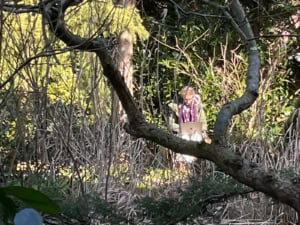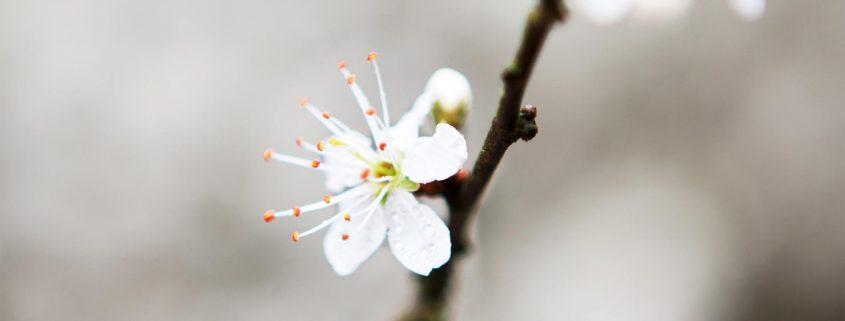March in Amonines
Cultivating growth in life and garden
Something out of nothing
Stress often is an important motivation to act, perhaps even accompanied by the belief, conscious or subconscious, that stress is necessary. To believe that something can also emerge from nothing then becomes almost unthinkable, making it normal to apply pressure -on others or ourselves- to initiate movement.
In this context it’s nice to hear that the Asharum is experienced as a place where one can free oneself from the pressure of conformity patterns, expectation patterns, or pleasing behaviour. Guests come closer to themselves and a genuine desire to contribute to this place may emerge. One of our guests described it as ‘The Magic of Amonines’.
The Magic of Amonines
No one expects anything from you. And soon you stop expecting anything from yourself. Before you know it, you stop expecting anything from others. You don’t need to initiate anything, urge anyone, or activate anything. The day fills itself naturally with eating, meditating, walking, reading, and sleeping. Occasionally, there’s a conversation. Nothing is required; you are free. That is the magic of Amonines for me.
regular visitor
Intensive Meaningful Living
In early March, we once again welcomed a house full of participants for the 5-day Intensive Meaningful Living. This intensive creates a circular flow where an answer does not signify the end of a quest. It invites one to shift from exclusive to inclusive thinking, from duality to unity, as one participant described:
The workshop brought a lot of movement, but also calm. It brought a lot of hope, but also uncertainty. It brought a lot of answers, but also questions. But above all, it brought the trust to change all the ‘buts’ in the previous sentences into ‘ands’.
Laughter echoes from the room where everyone is gathered. Fortunately, humour is also part of the quest for Meaningful Living. As often happens with humour, a shift in perspective brings lightness; the chance to see oneself differently, marvel at one’s thoughts, and turn things inside out, so much so that a blank piece of paper suddenly becomes full of meaning:
Never before has a blank paper held so much meaning. We were given space to contemplate and reflect on big themes like birth, death, and the unknowable totality. And on the quest in giving meaning to all the experiences and memories that life brought our way. During these five days, we walked alongside each other, experiencing that we are not alone in our quest. Through attunement and affirmation, we collectively gave meaning to human life.
And finally in retrospect:
I often think back to the 5-day programme with you. Every time it helps me to consciously choose the ‘radiant light among the rings.’ And every time, a spontaneous smile appears on my face.
The next intensive runs from May 28th to June 1st.
A Journey Through the garden
Gradually, the green haze that blankets the garden becomes visible. With one more heavy rain, we expect spring to fully manifest in an explosion of colour and various shades of green.
In April, much work was done in the garden within just a few days, making it look quite different already, even before spring has fully arrived. For a detailed tour of the garden, I like to let Frederique, who faithfully walks through the garden every season with great strides and a professional eye, do the talking:
It was a particularly beautiful week that allowed us to accomplish a lot, the first lunch at the picnic table, next to the new hedge of olive willows, for example.
Additionally, several new ground covers were planted in different beds, such as creeping thyme along the path to the vegetable garden and yellow creeping sedum atop the ceramic pot.
Bugleweed, which thrives in shade, was planted in the cleaned bed beside the Japanese cherry tree.
At the back, near the rowan trees, euphorbia fireglow (purple spurge) was also added—a wintergreen variety with beautiful autumn colours and snail-proof qualities.
Another significant project we checked off was pruning the lilac tree that had been hanging over the ‘serre’. Here, we benefitted greatly from all the tools now available, chainsaw and battery pruning shears on handle included!
Speaking of tools: the hedge trimmer is fantastic for efficient and quick pruning. Whether it’s laurel (yet to be done), roses, lavender, sage, rosemary, rhododendron, or ivy!
Finally, we drastically pruned and topped the large wild climbing roses next to the house.

















































